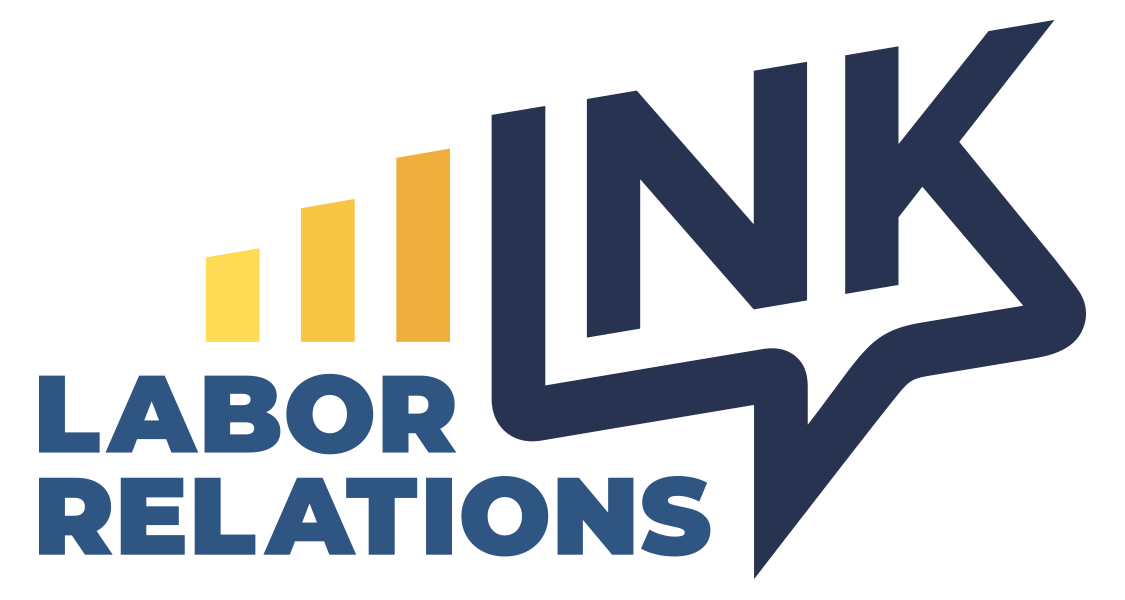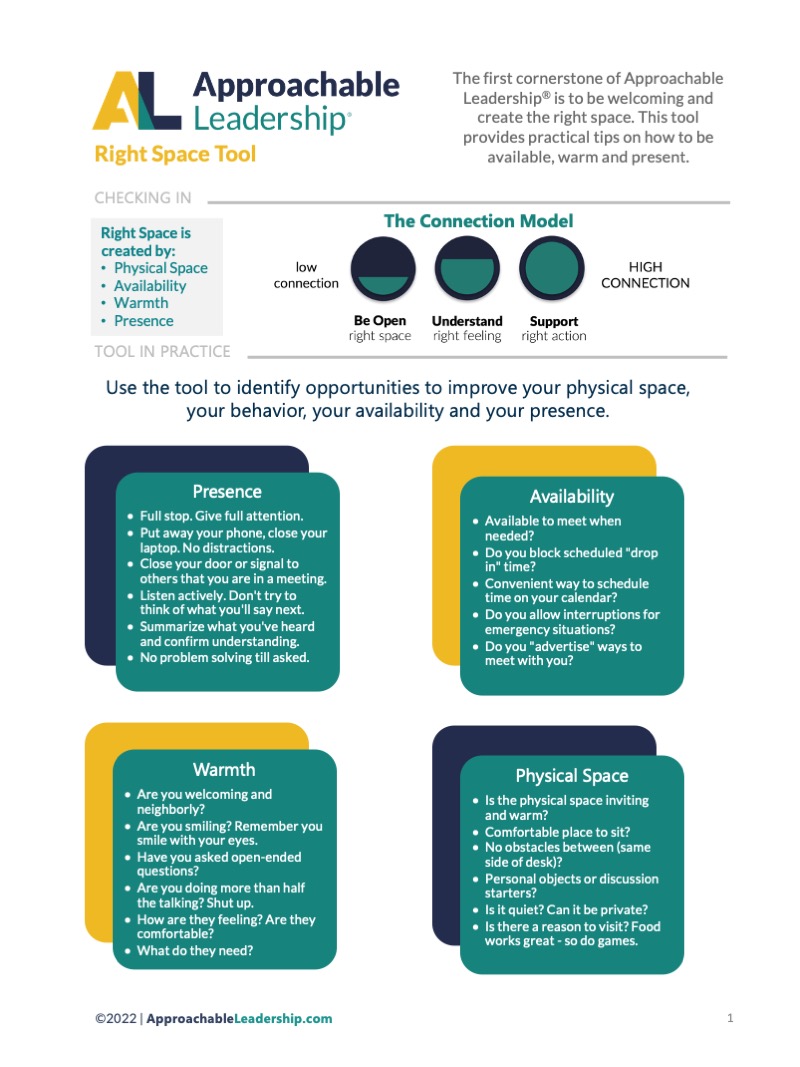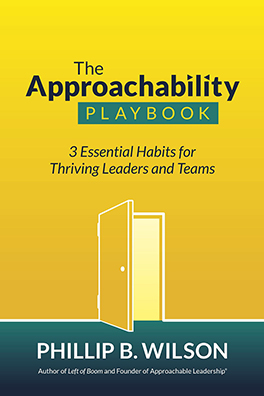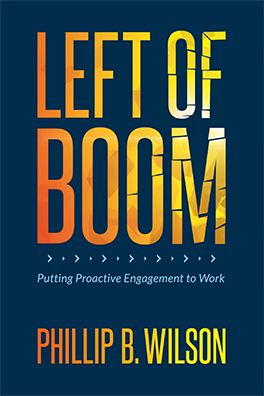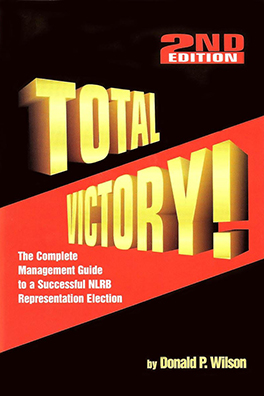Employers have reason for optimism after recent news of two Trump NLRB nominees. The possibility of an impending quorum suggests that the Board could resume issuing rulings, which would restore guidance and provide relief to employers.
Don’t throw a party yet, though, because a massive clean-up effort awaits.
An Employer-Friendly Majority? It’s Complicated
Nobody can say how long the confirmation process for James Murphy and Scott Mayer will take. Regardless, David Prouty will remain the Board’s lone Democratic member, and Trump-named Chair Marvin Kaplan’s term will expire on August 27. Should Murphy and Mayer survive their process, the three-member requirement for a quorum will exist. Still, the board will lack the conventionally accepted structure to overturn precedent through a three-majority vote. As a result, Biden-era NLRB rulings could remain in effect, rather than being replaced with more employer-friendly versions of those rules.
A “Lost Year” Of Federal Labor Law Is At Stake
While speaking to Bloomberg Law, HR Policy Association Senior Labor and Employment Counsel Roger King predicted a “lost year for substantive change” as a result of the Board vacancies that began in January. Additionally, King and Littler Mendelson’s Alex MacDonald spoke during a recent Federalist Society webinar moderated by Harvard Law School Prof. Benjamin Sachs. The event tackled the current dysfunctional system of labor law with these relevant takeaways:
- State-Level Action Amplifies The Chaos: Three states are taking action while the NLRB is paralyzed, which tests Garmon preemption and sets the stage for clashes of state and federal labor law. That is, California, New York, and Massachusetts introduced similar versions of legislation to gain jurisdiction over labor disputes involving private employers. While a lack of quorum persists, these laws aim to bypass the NLRB’s authority for certain functions, including certifying union votes, adjudicating ULP charges, applying civil penalties, and resolving collective bargaining disputes.
So far, New York’s law has passed the state legislature and awaits Governor Kathy Hochul’s signature, while the clock simultaneously ticks on Trump’s nominees, who await Senate confirmation. This raises the question of how long state law could preempt the NLRA, even for a short time, which suggests further dilemmas regarding what will happen to any state-created labor rulings that may arise during this period.
- The Clean-Up Will Involve Uncharted Territory: Assuming that the NLRB goes back to “normal” after restoring quorum, what would happen after these states do their thing on matters usually governed by the NLRA? Unfortunately, no definitive answer will exist until post-quorum litigation from employers lands in court. What is certain, however, is that further legal disruptions will ensue and that federal labor law has never been tested in this way.
Conclusion: Buckle Up
Employers can expect residual ambiguity even after the NLRB returns to full operational capacity. Especially in those states that do manage to pass labor law legislation, the road to stability could be long.
During the aforementioned Federalist Society webinar, the panel theorized that unions certified under state law would likely remain in effect after federal labor law resumed, and any new contracts would also remain in force. This will not be music to the ears of affected employers, who may be dealing with more than one “lost year” while negotiating with a union.
